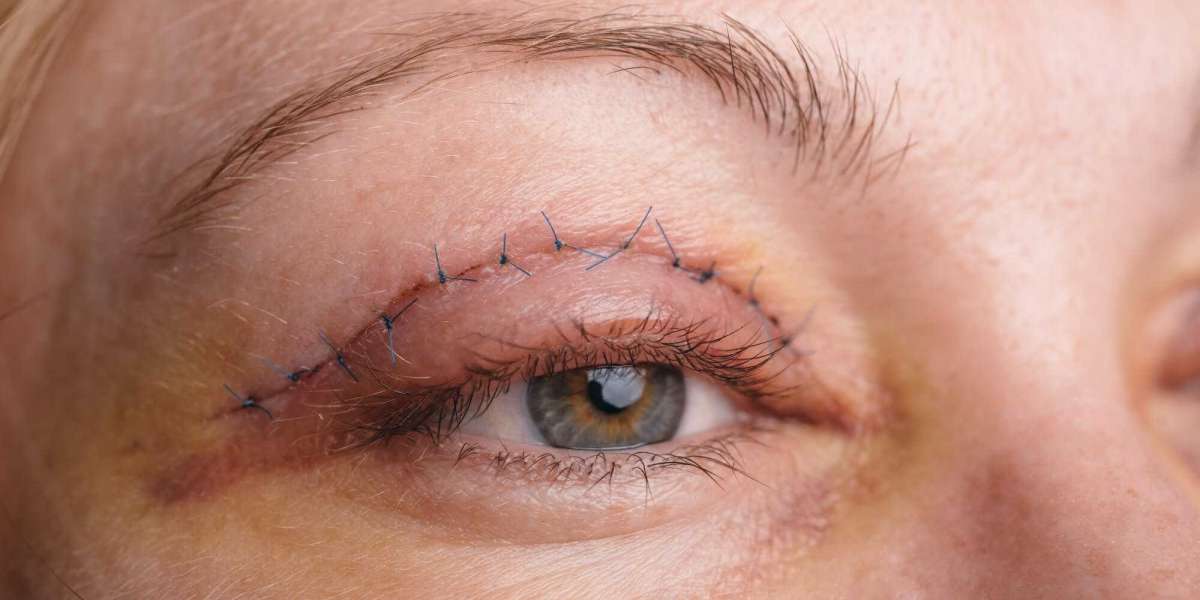Skin pigmentation issues, such as dark spots, melasma, and post-inflammatory hyperpigmentation, are common concerns for many individuals seeking an even skin tone. These conditions can result from various factors, including sun exposure, hormonal changes, and skin injuries. Fortunately, a plethora of dermatologist-approved creams are available to assist individuals in their quest for clearer, brighter skin. Understanding how these creams work, their active ingredients, and the importance of consistent use can significantly enhance the results one achieves in lightening pigmentation.
Understanding Skin Pigmentation
Before diving into the various creams available, it is essential to grasp the concept of skin pigmentation. Melanin, the pigment responsible for the color of our skin, hair, and eyes, is produced by specialized skin cells known as melanocytes. When these cells produce excess melanin, it can lead to darker patches on the skin. This hyperpigmentation can arise from several sources, including overexposure to UV rays, certain medications, hormonal fluctuations, and even genetics.
In addition, skin conditions like acne can leave behind marks that persist long after the blemishes have healed. Such post-inflammatory hyperpigmentation can be particularly frustrating for individuals who wish to regain an even skin tone. Understanding the root causes of pigmentation issues helps individuals select the most effective creams for their specific needs.
The Role of Dermatologist-Approved Creams
Dermatologist-approved creams play a crucial role in addressing pigmentation concerns. These topical treatments are typically formulated with active ingredients that target melanin production, exfoliate dead skin cells, or enhance skin renewal. The effectiveness of these creams is often backed by clinical research and expert recommendations, giving users confidence in their choices.
Active Ingredients to Look For
When selecting a cream for skin pigmentation removal, it is vital to look for specific active ingredients known for their efficacy. Here are some of the most common and effective components found in dermatologist-approved creams:
Hydroquinone: This powerful skin-lightening agent works by inhibiting melanin production. Hydroquinone is often considered the gold standard for treating hyperpigmentation. However, it is essential to use it under the guidance of a dermatologist, as prolonged use can lead to side effects.
Vitamin C: Known for its antioxidant properties, Vitamin C helps brighten the skin and reduce the appearance of dark spots. It also supports collagen production, promoting overall skin health.
Kojic Acid: Derived from fungi, kojic acid is another potent ingredient that helps inhibit melanin production. It is often used in conjunction with other ingredients to enhance its effects.
Azelaic Acid: This multi-functional ingredient not only helps lighten pigmentation but also has anti-inflammatory properties, making it suitable for individuals with acne-prone skin.
Retinoids: These vitamin A derivatives promote cell turnover and help fade pigmentation over time. They can also improve skin texture, making them a popular choice in many skincare routines.
Niacinamide: This form of Vitamin B3 is known for its ability to brighten the skin and improve its overall texture and tone. It can also help reduce redness and inflammation, making it a great choice for sensitive skin.
How to Use Pigmentation Creams Effectively
To achieve the best results with dermatologist-approved creams, incorporating them into a consistent skincare routine is crucial. Here are some steps to consider when using these creams:
1. Consult a Dermatologist
Before starting any new skincare regimen, particularly one aimed at treating pigmentation, consulting a dermatologist is paramount. They can assess your skin type, determine the cause of your pigmentation issues, and recommend the most suitable creams and treatments.
2. Patch Test
Once you have chosen a cream, conducting a patch test is recommended to ensure that your skin does not react negatively to the product. Apply a small amount to a discreet area of skin and observe for any adverse reactions over 24 hours.
3. Apply Consistently
For effective results, consistency is key. Most dermatologist-approved creams need to be applied daily, often in the morning and evening. Follow the instructions provided by your dermatologist or the product packaging.
4. Use Sunscreen
Sun exposure can exacerbate pigmentation issues, making it vital to use a broad-spectrum sunscreen daily. This not only protects the skin from harmful UV rays but also enhances the effectiveness of the pigmentation cream. Look for sunscreens with an SPF of 30 or higher, and reapply every two hours when outdoors.
5. Be Patient
Lightening pigmentation takes time. While some individuals may see results within a few weeks, others may need to wait for several months. It is essential to remain patient and give the products time to work.
Incorporating Other Treatments
In addition to using dermatologist-approved creams, individuals may also consider incorporating other treatments into their skincare routine. Chemical peels, microdermabrasion, and laser therapy are all options that dermatologists might recommend for more severe pigmentation issues. These treatments work by exfoliating the skin or targeting melanin at a deeper level, often resulting in faster and more noticeable results.
1. Chemical Peels
Chemical peels involve applying a solution to the skin that exfoliates the top layers, revealing fresher, less pigmented skin underneath. The depth of the peel can vary, with superficial peels requiring less downtime and deeper peels providing more dramatic results.
2. Microdermabrasion
This non-invasive procedure uses tiny crystals to exfoliate the skin's surface. Microdermabrasion can help reduce the appearance of dark spots and improve overall skin texture.
3. Laser Therapy
Laser treatments target specific areas of pigmentation, breaking down melanin deposits. This method is often used for more resistant pigmentation issues and can yield significant results in a short amount of time.
Conclusion
Lightening pigmentation can be a journey filled with trial and error, but with the right approach and tools, achieving an even skin tone is possible. Using dermatologist-approved creams that contain effective active ingredients, coupled with a diligent skincare routine, can significantly enhance one's chances of success. Remember, patience and consistency are crucial to seeing results.
For those looking to embark on this transformative journey, exploring options like MiQuest can provide the guidance and products needed to achieve a radiant complexion.







